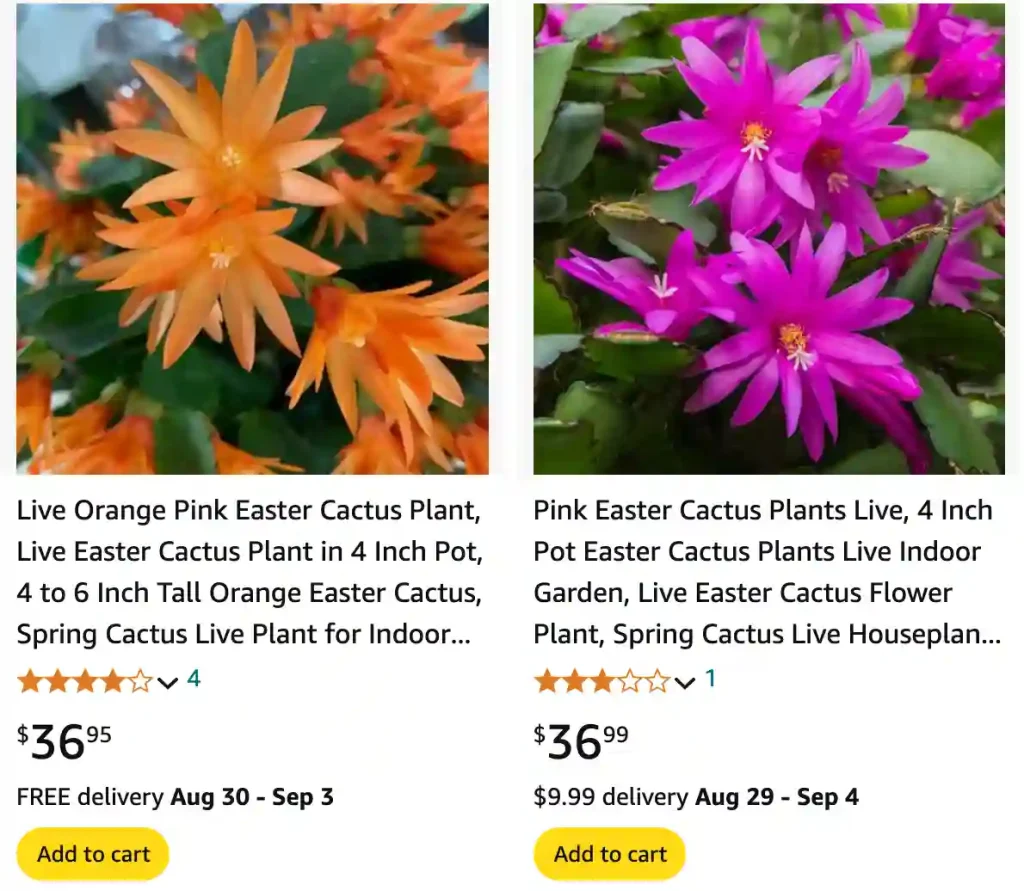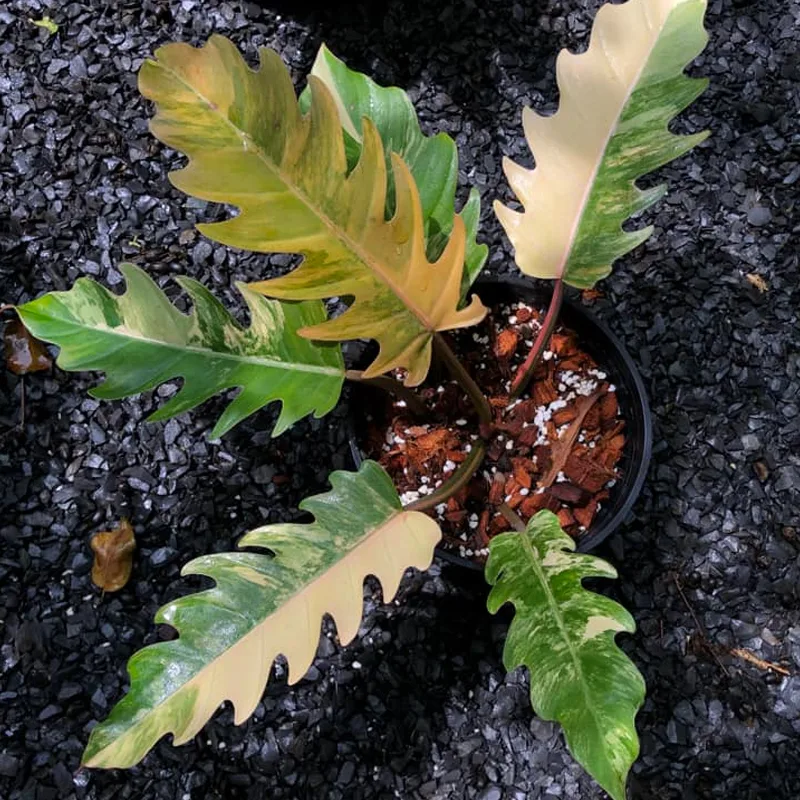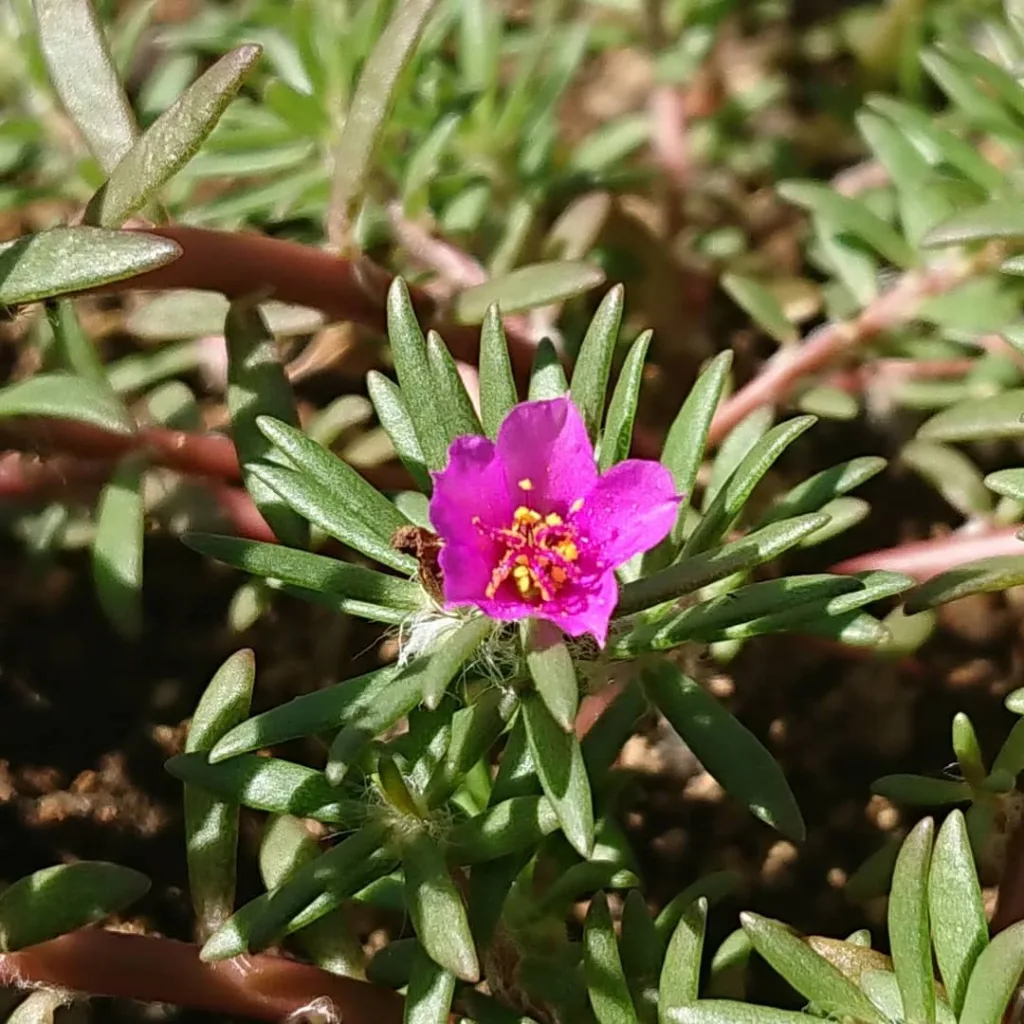
FAQs About Easter Cactus
As a plant enthusiast, I’ve had my fair share of experiences with various types of cacti, and the Easter Cactus (Rhipsalidopsis Gaertneri) is one of my favorites. With its vibrant blooms and unique appearance, it adds a splash of color to my indoor garden every spring. Below, I’ll address some of the most frequently asked questions about this beautiful plant and share my personal experiences in growing and caring for it.
Plant Family: 161 Genera in Cactaceae
How to Get Easter Cactus to Bloom?
Getting an Easter Cactus to bloom can be a bit of a challenge, but with the right care, it’s definitely achievable. The key is to simulate the plant’s natural environment. Here’s what I do:
- Temperature and Light: I keep my Easter Cactus in a spot where it gets indirect light and where the temperature ranges from 50°F to 60°F at night during the fall. This cool temperature helps trigger the blooming process.
- Watering: I reduce watering in the fall, allowing the soil to dry out more than usual. This period of dryness, followed by resuming regular watering in the spring, helps promote blooming.
- Dark Periods: Providing the plant with uninterrupted darkness for about 12-14 hours each night for six weeks can also encourage blooming.
How to Care for Easter Cactus?
Caring for an Easter Cactus is relatively straightforward, as long as you remember it prefers a bit more humidity than your typical desert cactus. Here’s how I take care of mine:
- Light: I place it in bright, indirect sunlight. Direct sun can scorch the leaves, so I avoid that.
- Water: I water it when the top inch of soil feels dry. Overwatering can lead to root rot, so good drainage is essential.
- Soil: I use a well-draining cactus mix. Adding some peat moss helps retain the moisture levels the plant prefers.
- Humidity: Since Easter Cactus comes from tropical regions, it appreciates higher humidity. I occasionally mist the plant or use a humidity tray.
How to Propagate Easter Cactus?
Propagating an Easter Cactus is simple and rewarding. I usually take cuttings in the spring or summer. Here’s my method:
- Cutting: I take a segment of the cactus that has at least two or three jointed sections.
- Drying: I let the cutting dry for a day or two to form a callous over the cut end.
- Planting: I plant the cutting in a small pot with a well-draining soil mix, water lightly, and keep it in indirect light. Roots usually develop in a few weeks.
Where to Buy Easter Cactus?
Easter Cactus can be found at local garden centers, nurseries, or even big box stores in the spring. I’ve also had good luck finding them online through specialty plant retailers and platforms like Etsy or Amazon. Buying from reputable sellers ensures that you get a healthy plant.
How Often to Water Easter Cactus?
Watering frequency depends on the season and the plant’s environment. During the growing season (spring and summer), I water my Easter Cactus every 1-2 weeks, allowing the soil to dry out slightly between waterings. In the dormant period (fall and winter), I reduce watering to once a month.
What Does an Easter Cactus Look Like?
Easter Cactus is characterized by its segmented, flat, and glossy green leaves. The plant produces vibrant flowers in shades of pink, red, and white, typically around Easter, hence the name. The flowers are star-shaped, which adds to its visual appeal.
Are Easter Cactus Poisonous to Cats?
Good news for pet owners—Easter Cactus is non-toxic to cats and dogs. While it’s still a good idea to keep plants out of reach of curious pets, you won’t have to worry about serious harm if your cat takes a nibble.
Why is My Easter Cactus Dropping Leaves?
Leaf drop can be a sign of stress in Easter Cactus. It might be caused by overwatering, underwatering, or sudden changes in temperature or light. I make sure to water consistently, avoid drafts, and keep the plant in a stable environment to prevent leaf drop.
Do Easter Cactus Flowers Close at Night?
Yes, the flowers of Easter Cactus do close at night. This is a natural behavior called nyctinasty, which is common in many plants. They’ll open again in the morning with the light.
Why is My Easter Cactus Limp?
A limp Easter Cactus can be due to either overwatering or underwatering. I check the soil moisture and adjust my watering routine accordingly. If the soil is waterlogged, I let it dry out completely before watering again.
Easter Cactus vs. Christmas Cactus
Though similar, Easter Cactus and Christmas Cactus are different species. Easter Cactus blooms around Easter with more star-shaped flowers and has smoother leaf segments. Christmas Cactus, on the other hand, blooms around December with scalloped leaf segments and more rounded flowers.
Easter Cactus vs. Thanksgiving Cactus
Thanksgiving Cactus blooms earlier, around November, and has pointed, claw-like segments on its leaves. Easter Cactus blooms later in the spring with smoother segments. The difference in bloom time and leaf shape helps me distinguish between the two.
Common Problems with Easter Cactus
Like any plant, Easter Cactus can face some common problems:
- Root Rot: Caused by overwatering. I use a well-draining soil mix to prevent this.
- Pests: Occasionally, I’ve had to deal with pests like mealybugs. Regularly inspecting the plant and treating with insecticidal soap helps.
- Lack of Blooms: Insufficient light or temperature issues can prevent blooming. Adjusting light exposure and providing a cool rest period in fall usually helps.
In my experience, Easter Cactus is a rewarding plant to grow. With its beautiful blooms and relatively low maintenance needs, it’s a great addition to any indoor garden. Whether you’re a seasoned plant enthusiast or a beginner, the Easter Cactus can bring a touch of spring into your home year-round.
If i die, water my plants!



